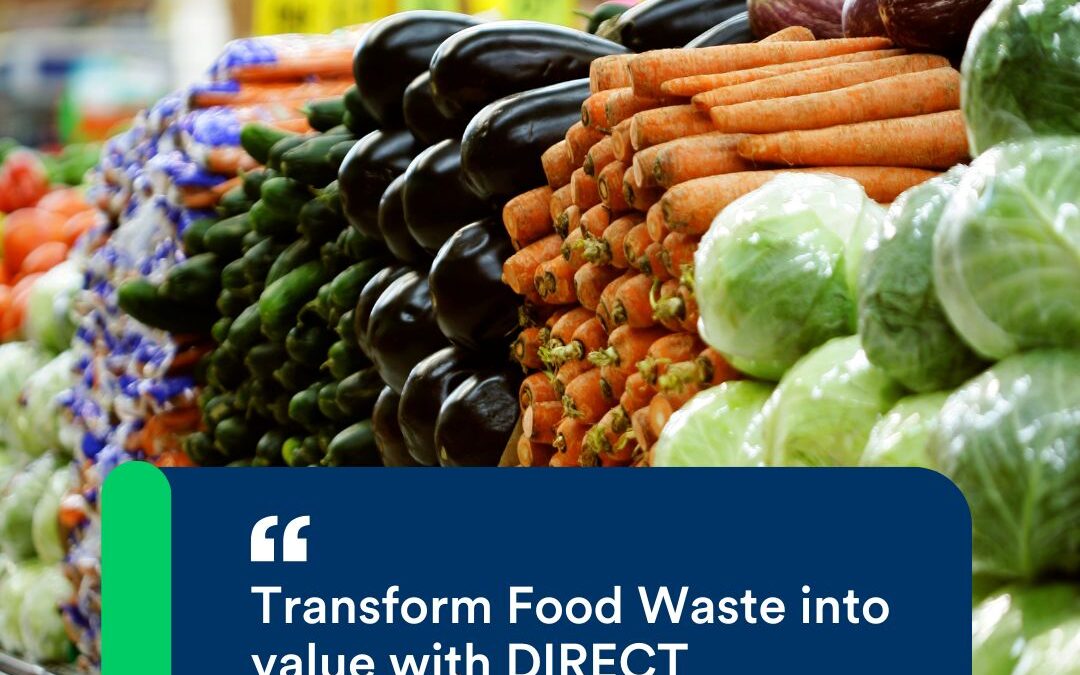Want new income streams? Look no further than food waste.
The problem is most companies don’t know the true cost of waste. It’s not
uncommon to only look at material loss and disposal when accounting for waste, but
this limited calculation fails to consider the full impact of waste.
Any procured material that never makes its way into the final product can be
considered material loss or waste. This includes substandard co-products or the
parts of food ingredients that are considered inedible. These byproducts and off cuts
consume the same resources as the ingredients destined to make it to consumers in
your product.
From a mass balance perspective, comparing the materials brought in for
manufacturing to the mass product delivered to consumers, the true cost of waste is
significantly higher than wasted materials and the management of their disposal. The
flow of this wasted material absorbs expenditure on infrastructure, labor,
transportation, energy, and other business costs.
So why not recapture some of that loss?
New product opportunities
Not all byproduct is destined for disposal.
Redirecting food materials for higher-value destinations represents a strategic way to
offset the cost of waste. Once you know the true cost of waste, it’s easier to
recognize the importance of revenue generating opportunities.
One San Francisco-based food manufacturer takes ‘spent’ grain from local brewers
to create a new line of “upcycled” foods, including energy bars and snack puffs 6 . This
approach transforms a discarded material into an edible product.
An Ecuadorian company is using discarded cacao flesh, the fruit that encases the
seeds used for chocolate production, to manufacture a cacao-based beverage. As a
result, earnings from each cacao pod increase by over 50 percent 7 .
Not only are new revenue streams being found, but repurposing food waste also
reduces food loss, creating opportunities for food rescue and resource efficiency.
New production efficiencies
Knowing the true cost of waste is more than an opportunity to upcycle product. It’s
also a method for recognizing where business processes can be adjusted to improve
operational efficiency.
In the U.S., around two billion pounds of food waste is created during the processing
and manufacturing stage 8 .
Actually measuring on farm has demonstrated that about a third of produce can be
lost in the field, either due to market changes, overproduction, less-than-desirable
product, or damage 9 . A far higher figure than grower’s waste estimations (20% of
growers estimates were under by a factor of 10).
Visibility into material loss and its cost can help companies improve the way they
plan and stage product. Finding opportunities earlier in the life cycle of products, to
reduce waste, has an impact across the entire food supply chain.
Once you have a clear understanding of the true cost of waste, it’s possible to review
capital expenditure scenarios and calculate return on investment with greater
accuracy. Precise understanding of where financial decisions will have maximum
impact help to further reduce the true cost of waste.
Seeing the true cost of waste
DIRECT gives you visibility into the true cost of waste.
Developed with RMIT University in Melbourne, Australia, DIRECT is a solution
designed to identify the true cost of waste. With the UN’s Sustainable Development
Goals in mind, and the support of End Food Waste Australia, Empauer and RMIT University
have created a business-ready tool that quantifies the true cost of waste and identifies
where food and non-food material losses flow across the food supply chain.
Called DIRECT, the solution is aligned to two international standards: The Food Loss
and Waste Accounting and Reporting Standard (FLW Standard), developed by the
global and multi-stakeholder FLW Protocol (convened by the World Resources
Institute); and ISO-14051, a general framework for material flow cost accounting
(MFCA). These alignments provide a level of granular attribution that enables, both,
consistency in output and flexibility in the analysis of material flows and costs, with
regard to product and non-product/waste destinations, in the food supply chain.
Data on material inputs, material destinations, and business costs – within and across life
cycle stages – help food companies measure the direct and indirect costs of material loss,
including material that flows into co-products, food rescue, and waste streams.
Transform business with the true cost of waste
In addition to making better social and environmental impact, having access to the
cost sunk into lost or discarded material allows you to make better business
decisions. Knowing the cost of waste allows you to develop scenarios and strategies
for high-value destinations, operational efficiencies, and capital investments.
Discovering the true cost of waste is a difficult and complex task. Solutions like
DIRECT help you account for the cost of waste, giving you a centralized source of
truth to achieve sustainability and financial goals.
1. Source: https://www.regrained.com/pages/how-its-made
2. Source: https://www.upcycledfood.org/post/upcycling-and-the-cacao-fruit-xoca
3. Source: http://www.fao.org/tempref/docrep/fao/008/y5936e/y5936e00.pdf
4. Source: https://civileats.com/2019/08/20/study-finds-farm-level-food-waste-is-much-worse-than-we-thought/

